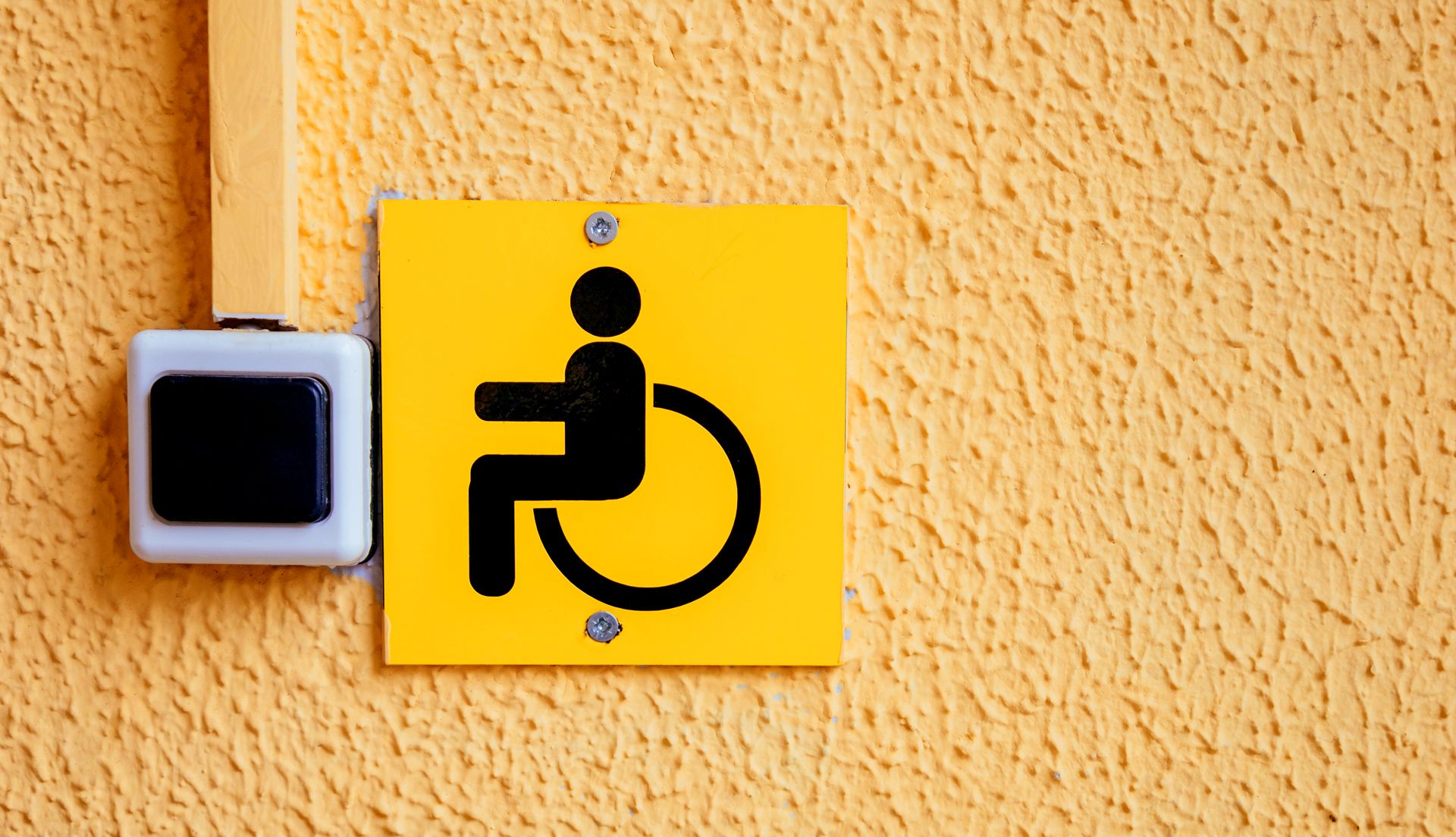For Chief Member Elizabeth Taub, working in the disability inclusion space is more than just her career. As the older sibling of a sister born without the use of her arms, Taub has personally experienced the challenges that individuals with disabilities face. “I was seven when she was born and I took on a lot of parental responsibilities,” says the Executive Vice President of Disability:IN, a nonprofit that advises companies on disability inclusion and equity.
Today, more than 60 million American adults live with a disability, according to the Centers for Disease Control and Prevention. In her current role, Taub focuses on working with large corporations to ensure that their products and programs are beneficial to everyone.
“We believe business can change the world,” she says. “So our primary focus is not to just go into an office and meet one-on-one with individuals with disabilities and place them in a job. No. We're educating all of Google on how to be inclusive. We're helping them make sure that the products they're launching are accessible so that people who use screen readers can use the tools that Google is pushing out. We're helping companies like Microsoft on their Autism at Work program where they are [looking] to hire and recruit people with autism.”
While company leaders today can focus on recruitment and training practices to identify and develop the talent of people with disabilities, that’s just the first step. Taub says that the inclusion work begins when designing the places where work gets done — and now is the perfect time for executives to reconsider their staff’s needs as they develop return-to-office plans.
Implement a Clear Mask Policy
“If you take a look at what the pandemic has done to people who are deaf, it's impacted the way that they access information,” says Taub. She explains that when mask mandates went into place, the covering of lips and faces made it impossible for people who rely on lip reading to access basic information. Now, she says as leaders bring employees back into the office, clear masks should be mandated for those who wish to cover their face. “Remember that having only a deaf person wear a clear mask is not going to help [with inclusion], it's the entire office that needs to have access to clear masks.”
Talk About Your Mental Health Resources
“A major way, if not the most major way, that people with disabilities are affected by return-to-work plans is in the extreme rise of mental illness,” says Taub. “Depression is the number one cause of disability at work and this was before the pandemic.”
According to the CDC, adults with disabilities report frequent mental distress almost five times more than those without disabilities. That’s why Taub says it’s critical for business leaders to reassess the benefits and mental health offerings they are providing employees and to ensure that they are making these resources visible to staff. “Lots of companies have best-in-class benefits, but no one knows about them,” she says. “Most people with mental health conditions don't get the help that they need, even though the majority of these cases can vastly improve with treatment.”
In addition to spreading awareness of the resources, leaders at the top should help reduce any stigma in utilizing them by speaking out about their own mental health issues.
Redesign Your Open-Floor Plan
In addition to clear mask mandates and ample mental health resources, Taub says executives should also be mindful of their office layout to ensure that it’s accommodating to all employees. “You want to keep accessibility in mind in all aspects, including elevators, ramps, and even things like open-floor plans,” she says. For example, there may be staff members with hearing aids that you often can’t see, but it’s important to keep in mind that hearing aids amplify all noises. So in an open setting, the loud chatter of people talking across cubicles or the extra noise from a TV placed on the wall, could affect those with hearing aids and those on the autism spectrum.
To address these issues, leaders should be mindful to have small individual telephone rooms, conference rooms, and even quiet break rooms that employees can work out of in the event that an open-floor plan doesn’t suit them.
“I just think it’s really important that as business leaders we don’t make the assumption that ‘Oh, this person got a job during the pandemic and they have a disability so they certainly don’t want to come into an office,” says Taub. “In our country, a job is such a big part of our life. A job helps our social life, our identities, and not all people with disabilities prefer to work from home.” That’s why, she says it’s critical for leaders to ensure that disability inclusion is a key part of their return-to-office plan so that all employees, even those with seen and unseen disabilities, feel supported.
ID: Wheelchair and handicapped accessible entrance sign next to a staff call button at the entrance of a building.

